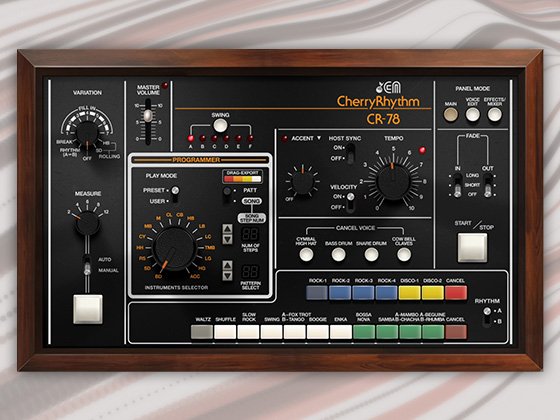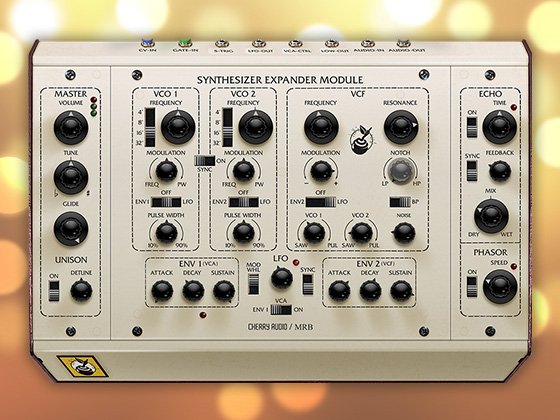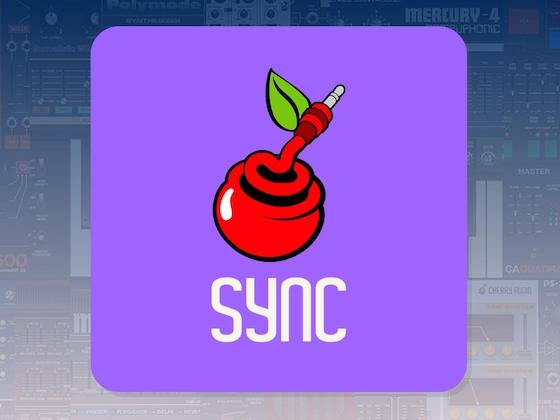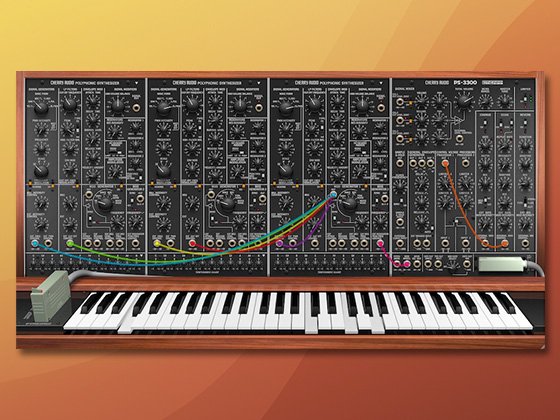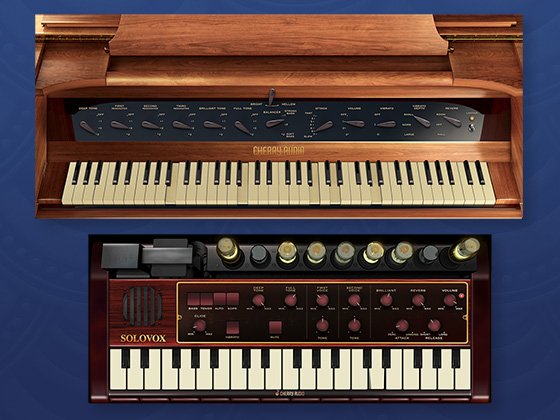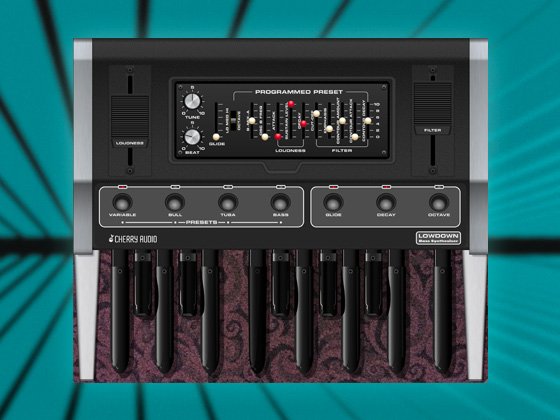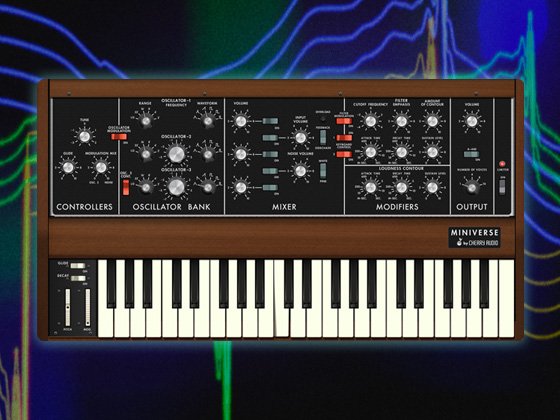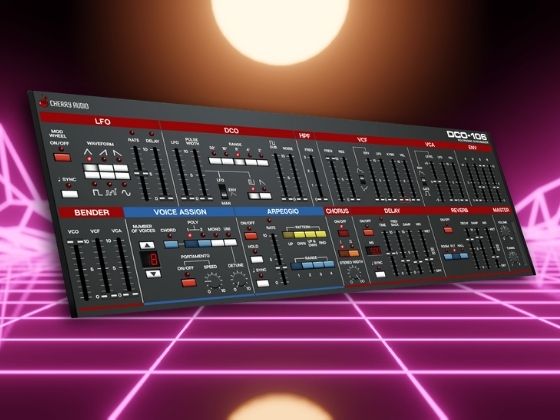$5.00
DLOOP-16
DLOOP-16 is a stereo in / out 16 second delay with old-school looping functions. The design is based on a classic effects pedal from the 80’s which became popular with looping artists and pre-dates units with dedicated start / stop controls to set the loop length. Instead, the delay is always running, and you simply toggle the effect in and out of “record” mode, so the length of the loop corresponds to the delay time. This type of looper is probably more suitable for creating drones and shifting soundscapes not necessarily tied to a fixed tempo, so we haven’t added any sync or clock options.
DLOOP-16 handles mono or stereo inputs / outputs, and the stereo image is maintained throughout.
REC / PLAY toggles DLOOP-16 between record and play mode. As the delay line is always running, you can use this button to layer-up a loop in REC mode, then switch to PLAY mode to play along with your loop without overdubbing new audio.
There is also the option to use a CV trigger to toggle in and out of REC mode via the PLAY/REC input next to the IN audio jacks.
STOP will stop loop playback and clear whatever’s in the delay buffer, with a smooth but quick fade-out for dramatic endings to loop performances! Please note - when you press STOP, your loop is gone forever!
You can assign a CV input to the STOP control, typically this would be from the TRANSPORT STOP CV out from Voltage Modular so your loop is cleared when playback is stopped in your DAW.
LENGTH sets the overall loop / delay time between 1 and 16 seconds. Changing the length while a loop is playing will result in a “warping” effect, not unlike a wonky tape recorder.
DECAY sets the decay of the loop from a single repeat, to infinite repeats. For shifting and evolving ambient loops, set the DECAY to around 75-80%. To gradually fade-out your loop, simply reduce the DECAY time.
LEVEL sets the volume of the loop playback. During a performance, you can use the LEVEL control to bring your loop in and out of the mix as desired.
If the combined input and loop signal exceeds +/-5.0V, a brick wall limiter is applied to the output and the LED above the LEVEL control will light. Ideally, you should only see this occasionally, if at all, otherwise clipping / distortion can occur.
Note about beats, tempo and what-not…
OK, so we said earlier DLOOP-16 isn’t really about tempo-sync’d loops - think Robert Fripp, more than Ed Sheeran ;-). But we wanted to add something to replace the “click guide” on the original pedal and provide a visual cue for where you are in your loop.
Next to the large LED counter display, we have a mode switch. The top “%” setting displays the percentage progress through your loop, the bottom “B” position displays bars / beats (see below) and the centre position switches the counter off.
BEATS sets the number of beats per bar for your loop performance between 1 and 16 beats. DLOOP-16 will then do a rough calculation to work out how many bars will comfortably fit into the currently selected loop length. Typically anything less than 4 seconds will be one bar, going up to 4 bars, for loops of 8 seconds or more.
With the display in beats / bars “B” mode, the counter will show a three digit number, the first being the bar, and the second two digits, the beat. For example, 304 would be bar 3, beat 4, and 212 would be bar 2, beat 12. The small LEDs above the BEATS knob will also pulse in time corresponding to the current bar. With the display in percentage “%” mode, the counter will show progress 0-100%, and the small LEDs above the BEATS knob will light when progress is past 0, 25, 50 and 75% respectively.
You can reset the counters by clicking the SYNC button. Alternatively, connect a CV source to the PLAY jack, typically from the Voltage Modular TRANSPORT PLAY CV out. This will reset the counters when playback starts from your DAW. For convenience and slightly tidier cabling, when using multiple DLOOP-16 modules, you can daisy-chain the reset notification by connecting the THRU and PLAY jacks of consecutive modules.
We hope you’re tempted to give DLOOP-16 a try and agree that it’s a fun, simple and inspiring little looper!
The audio demo is a snippet of a looped improvisation using Miniverse. DLOOP-16 is also going into PANDUALAY for some additional atmospheric ambience! The noodle is based around the iconic synth riff from the Close Encounters soundtrack by John Williams and a video of the "performance" (if you could call it that) is on the Waverley Instruments YouTube channel.
Title of Song
-
DLOOP-16
























